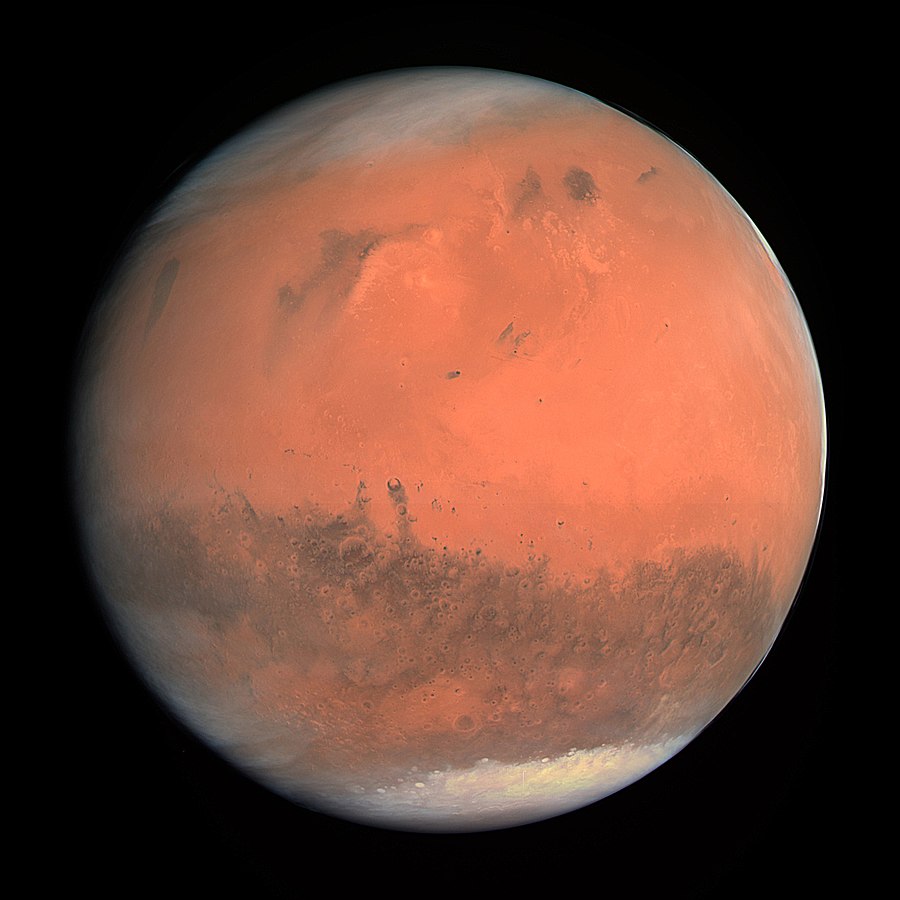
LOS ANGELES – US National Aeronautics and Space Administration (NASA) has completed the first test of its Mars 2020 mission’s parachute-testing series, the Advanced Supersonic Parachute Inflation Research Experiment, or ASPIRE, the US space agency announced.
The Mars rover mission set to launch in 2020 will seek signs of ancient Martian life by investigating evidence in place and by catching drilled samples of Martian rocks for potential future return to Earth, according to NASA.
The mission will rely on a special parachute to slow the spacecraft down as it enters the Martian atmosphere at over 5.4 kilometers per second.
Landing on Mars is difficult and not always successful. However, well-designed advance testing helps.
The parachute tested during this first flight was almost an exact copy of the parachute used to land NASA’s Mars Science Laboratory successfully on the Red Planet in 2012.
The test began with a 58-foot-tall Black Brant IX sounding rocket launch and upper-atmosphere flight last month from the NASA Goddard Space Flight Center’s Wallops Flight Facility in Wallops Island, Virginia.
The payload is a bullet-nosed, cylindrical structure holding a supersonic parachute, the parachute’s deployment mechanism, and the test’s high-definition instrumentation — including cameras — to record data.
The rocket carried the payload as high as about 51 kilometers. Forty-two seconds later, at an altitude of 42 kilometers and a velocity of 1.8 times the speed of sound, the test conditions were met and the Mars parachute successfully deployed. Thirty-five minutes after launch, ASPIRE splashed down in the Atlantic Ocean about 54 kilometers southeast of Wallops Island.
“Everything went according to plan or better than planned,” said Clark. “We not only proved that we could get our payload to the correct altitude and velocity conditions to best mimic a parachute deployment in the Martian atmosphere, but as an added bonus, we got to see our parachute in action as well.”
For the first time, preparations for this mission have provided dramatic video of the parachute opening at supersonic speed.
“The imagery of our first parachute inflation is almost as breathtaking to behold as it is scientifically significant. For the first time, we get to see what it would look like to be in a spacecraft hurtling towards the Red Planet, unfurling its parachute,” Ian Clark, the test’s technical lead from NASA’s Jet Propulsion Laboratory in Pasadena, California, was quoted as saying in a statement.
Future tests will evaluate the performance of a strengthened parachute that could also be used in future Mars missions. The next ASPIRE test is planned for February 2018. The Mars 2020 team will use data from these tests to finalize the design for its mission.